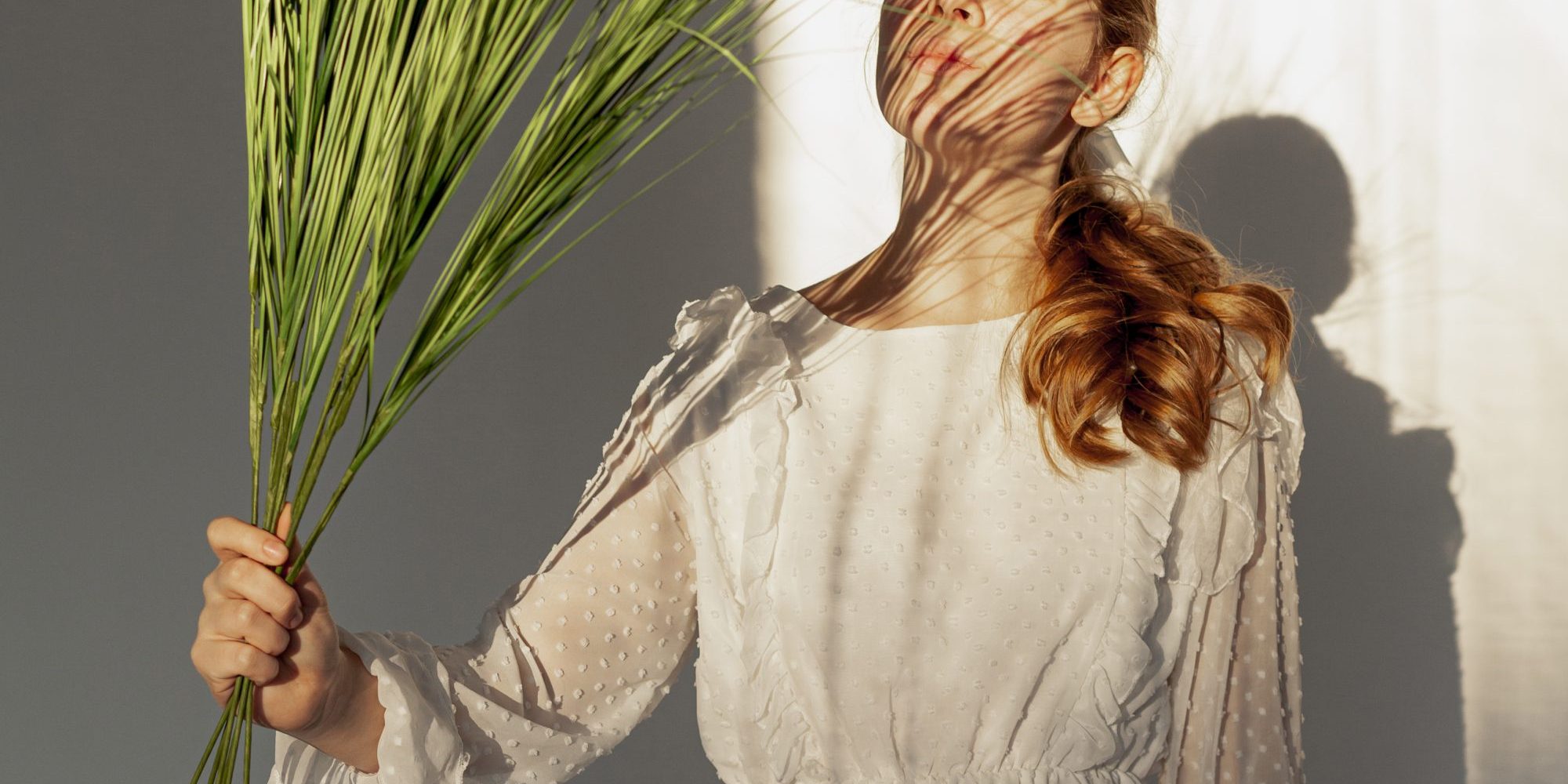Have you ever noticed how some photographs seem to capture not just the image, but the very soul of the subject? There’s a secret behind these mesmerizing portraits: the masterful use of natural lighting. It’s like nature’s own studio, where the sunlight serves as a spotlight that highlights the beauty of the human face. But harnessing this light is not just about finding a sunny spot; it’s an art that requires insight, timing, and a bit of creativity.
Understanding the Dynamics of Natural Light
Natural light, with its varying intensities and shades throughout the day, offers a palette that can dramatically alter the mood and quality of a portrait. Early morning light, with its gentle, diffused quality, can wrap a subject in a soft, ethereal glow, ideal for a dreamy, contemplative look. Conversely, the midday sun provides a bold, bright light that can be used to create striking contrasts and sharp features, perfect for a more dramatic effect.
Choosing the Right Time and Place
Timing is everything when it comes to using natural light. Golden hour, that magical time just after sunrise or before sunset, is often touted as the best time for portraits due to its soft, flattering light. However, don’t shy away from the challenge of midday lighting. With the right techniques, such as positioning your subject under open shade or using a reflector to bounce light, this time can yield surprisingly dynamic results.
Location also plays a crucial role. A spot with a mix of shade and sunlight can offer versatility. For instance, a park with scattered trees can provide both sunny spots for vibrant, energetic portraits and shaded areas for softer, more subdued shots.
Mastering the Use of Shadows and Highlights
Understanding the interplay of shadows and highlights is crucial in sculpting the subject’s features with natural light. Shadows, often avoided for fear of dark, unclear images, can actually enhance the emotional depth and texture of a portrait when used skillfully. Positioning your subject such that the light falls sideways can create a classic chiaroscuro effect, where the contrast between light and dark defines the contours of the face, adding a dramatic flair to the image.
Highlights, on the other hand, should be managed to avoid overexposure, which can detract from the final image. The use of diffusers or reflectors can soften harsh sunlight, evenly distributing the light and preserving details in the highlights while lifting shadows subtly. This technique is particularly useful during hours when the sun is at its peak and light is most intense.
Utilizing the Environment to Enhance Natural Light
The environment surrounding your subject can play a significant role in how natural light is reflected and absorbed, adding unique elements to the portrait. For example, a nearby water body can serve as a natural reflector, casting a luminous, rippling light onto the subject, which can evoke a sense of freshness and spontaneity. Alternatively, urban settings with glass buildings or metallic structures can create an array of reflective surfaces that fill shadows and introduce interesting light patterns.
Experimenting with different backgrounds and their ability to reflect light can transform a simple portrait into a story-telling piece. It’s about seeing the potential of light not just as illumination, but as a narrative tool that enhances the mood and depth of photographs.
Additionally, incorporating elements like leaves, branches, or windows in the frame can break up light, creating natural patterns and textures that add complexity and interest to the scene. These elements can act as natural gobos—stencils that control the shape of light—adding an artistic touch to the portrait.
Adapting to Changing Light Conditions
As the day progresses, natural light continuously changes, presenting a variety of lighting conditions from which to choose. A skilled photographer learns to adapt quickly to these changes, seizing the fleeting moments that light offers. Whether it’s a sudden burst of sunlight through overcast skies or the soft fading light at dusk, each condition provides a unique opportunity to capture distinct moods and effects in portraits.
It’s advantageous to remain observant and flexible, sometimes waiting for just the right moment when the light complements your vision. Patience can turn an ordinary shot into an extraordinary one, as the natural light does the heavy lifting in enhancing the natural beauty of the subject.
Embracing the Unpredictable Nature of Outdoor Photography
Working with natural light also means embracing a degree of unpredictability. Unlike studio lighting, where the environment is controlled and predictable, outdoor lighting can change unexpectedly due to weather, time of day, and other factors. This unpredictability, however, should not be viewed as a drawback but rather as a chance to capture spontaneous, one-of-a-kind moments that convey authenticity and raw beauty.
Embracing this aspect requires an adaptive approach and readiness to make quick decisions on composition, positioning, and exposure. It challenges photographers to think on their feet and enhances their ability to observe and react to their surroundings creatively.
Conclusion: The Artistic Reward
Mastering the use of natural light in portrait photography doesn’t just happen; it develops over time through practice, patience, and a deep understanding of light’s nuances. The effort to harness this most organic form of light, however, is rewarded with portraits that are not only visually striking but also deeply resonant.
Isn’t it remarkable how the sun, a daily, ubiquitous presence, can be such a powerful tool in the art of photography? Next time you’re out with your camera, challenge yourself to see the light, and more importantly, to feel its artistic potential transforming your portraits.


0 Comment